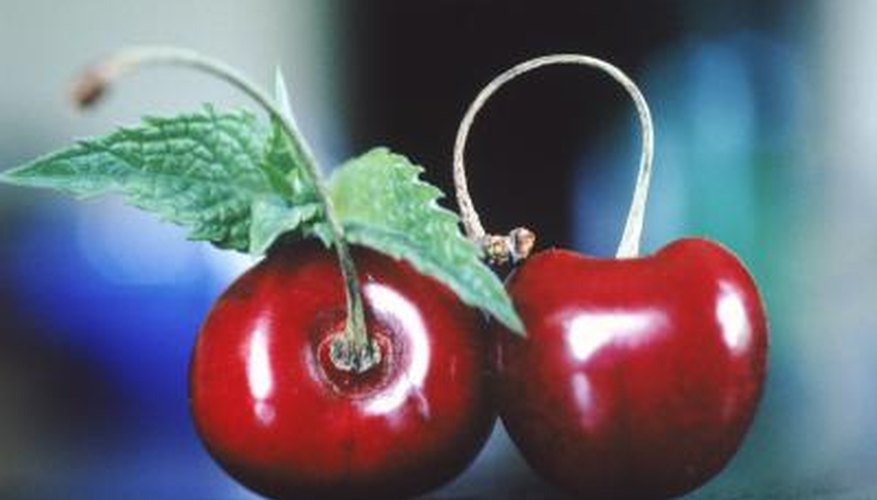Ashwagandha also goes by the names withania somnifera and winter cherry, and is an herb native to India and Africa. In fact, according to the Ashwagandha Herbs website, Ashwagandha is referred to as Indian Ginsing. The root of the plant is harvested, dried and used for a wide variety of medicinal purposes. Ashwagandha plants can be grown from seed, although they typically must be ordered from online garden nurseries or seed suppliers.
- Ashwagandha also goes by the names withania somnifera and winter cherry, and is an herb native to India and Africa.
- Ashwagandha plants can be grown from seed, although they typically must be ordered from online garden nurseries or seed suppliers.
Purchase Ashwagandha seeds from a supplier, such as the one listed in the resources section. You can also ask your local garden centre to order the seeds for you.
Fill a seed tray 3/4 full of an all-purpose potting soil. Water the soil until it is damp but not soggy.
Place one to two Ashwagandha seeds into each compartment of the seed tray and press them gently into the surface of the soil. Do not cover the seeds with soil.
Place the seed tray in a location that receives bright sunlight and maintains a constant temperature of at least 21.1 degrees Celsius.
Mist the top of the soil daily with water from a spray bottle and do not allow the top of the soil to dry out. If you prefer, you can fill a sink or tub with 2 inches of water and set the seed tray into it to water it from the bottom.
- Place one to two Ashwagandha seeds into each compartment of the seed tray and press them gently into the surface of the soil.
- If you prefer, you can fill a sink or tub with 2 inches of water and set the seed tray into it to water it from the bottom.
Wait until the Ashwagandha seeds germinate in approximately two weeks.
Continue watering the plants until they reach 3 to 4 inches high and transplant them outdoors to a location with full sun and sandy soil.
TIP
In south Florida the Ashwagandha plant is a perennial that will regrow the next spring. In all other U.S. locations, the plant is an annual.
